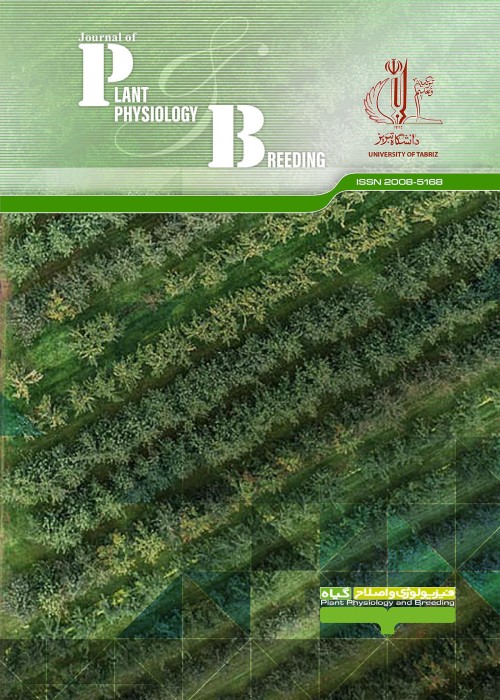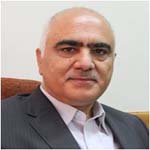Potential survey of Iranian hexaploid landraces and modern cultivated bread wheat for iron, zinc, phytate, and phytate/mineral molar ratio
Phytate, the highest inorganic phosphorus in cereal grains, is an anti-nutritional factor that reduces the bioavailability of iron (Fe) and zinc (Zn). The whole grains of 109 hexaploid landraces and modern bread wheat cultivars (Triticum aestivum L.) were used to determine Fe, Zn, and phytate concentrations and their bioavailability using phytate:mineral molar ratios. In addition, some morphological and physiological features were identified as contributory factors for the screening process. In the field experiment, the concentrations of Fe and Zn, ranged between 0.036-0.255 mg/g and 0.030-0.085 mg/g, respectively. There were no significant differences in Fe and Zn concentration between the bread wheat cultivars and landraces. Therefore, efforts made by breeders for developing high-yielding wheat didn’t have detrimental effects on Fe and Zn concentrations. The modern bread wheat cultivars showed a significantly higher phytate concentration than landraces. Grain phytate ranged from 15.07-28.77 mg/g resulting in a variation in phytate:Fe of 6.24-58.14 and phytate:Zn of 32.20-77.22, indicating poor bioavailability of these minerals. The identified drawbacks were due to relatively high phytate concentration which in turn could be due to a high level of soil phosphorus concentration, suggesting increasing mineral bioavailability by the breeding methods to reduce the phytate and phytate:mineral ratio. In the solution culture experiment, the role of root length, root dry weight, and root nutrient concentration in distinguishing cultivars’ Fe uptake was demonstrated. The study also revealed that lower values of root length, root dry weight, and leaf dry weight led to lesser leaf Fe which in turn caused reduced contents of photosynthetic pigments and chlorophyll fluorescence. Due to high Zn and Fe concentration, and low concentration of phytate and phytate:mineral molar ratio, some of the current landraces such as Khoram Abad (1), Sarouq (4), Eskan Arak (2), and Hoseinabad Arak could be exploited by breeding strategies in biofortification programs.
- حق عضویت دریافتی صرف حمایت از نشریات عضو و نگهداری، تکمیل و توسعه مگیران میشود.
- پرداخت حق اشتراک و دانلود مقالات اجازه بازنشر آن در سایر رسانههای چاپی و دیجیتال را به کاربر نمیدهد.



